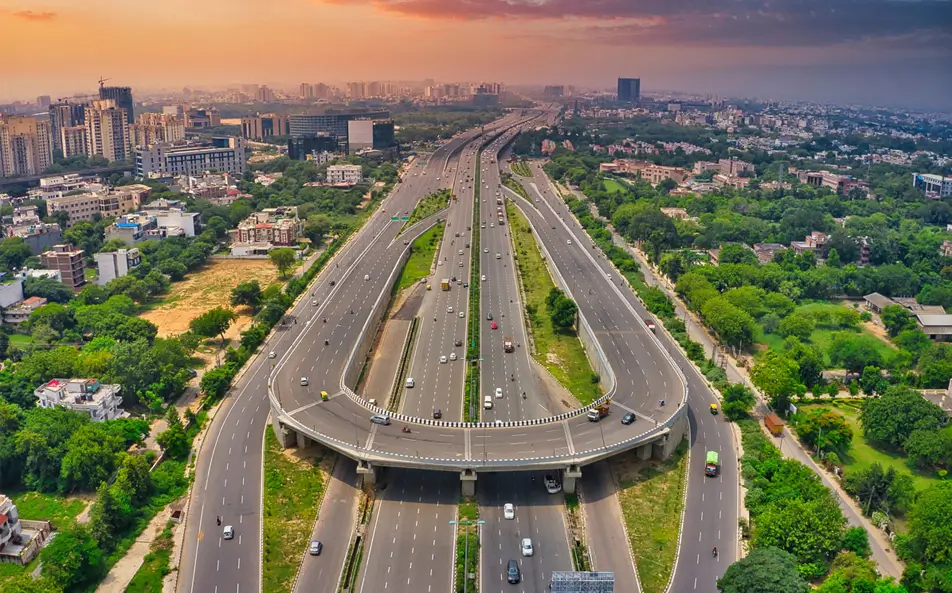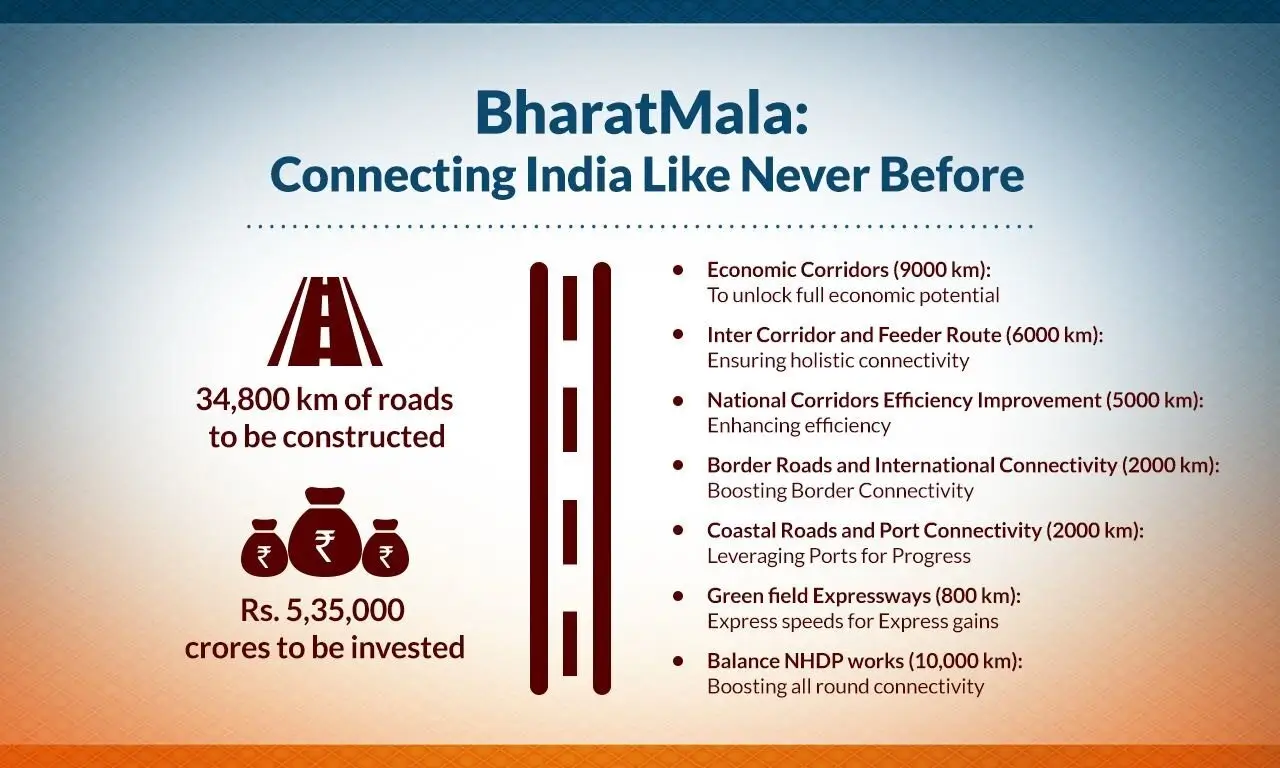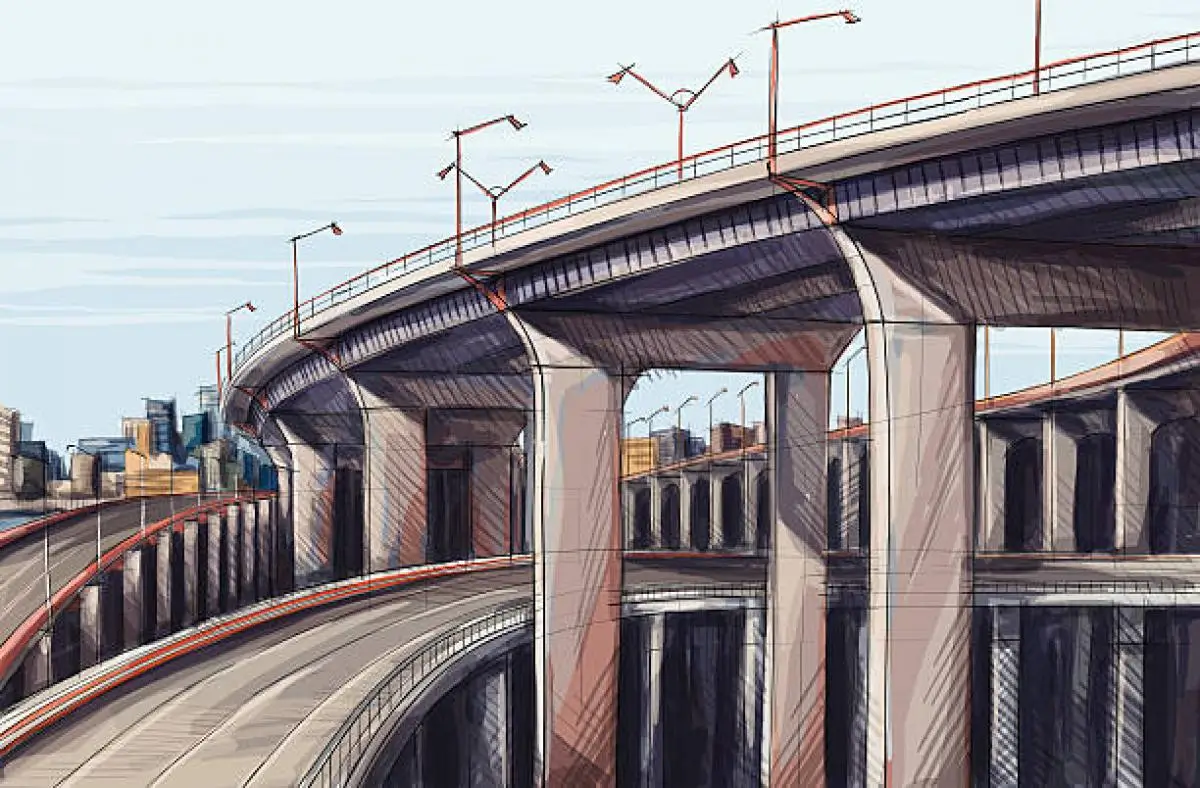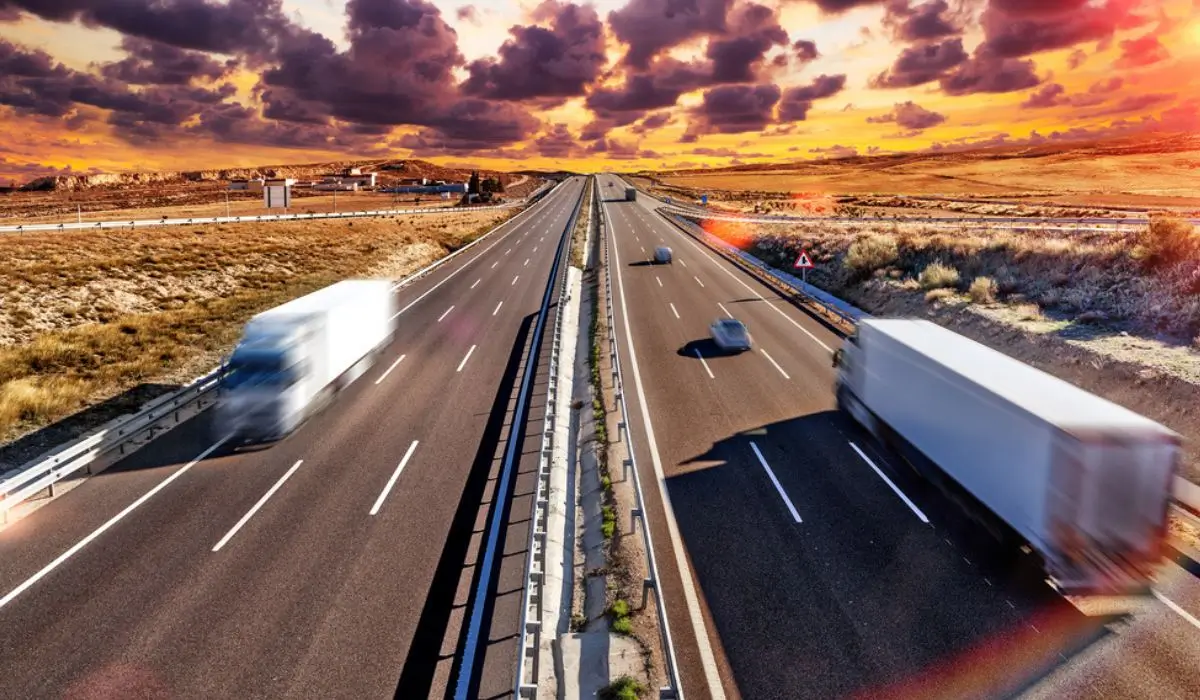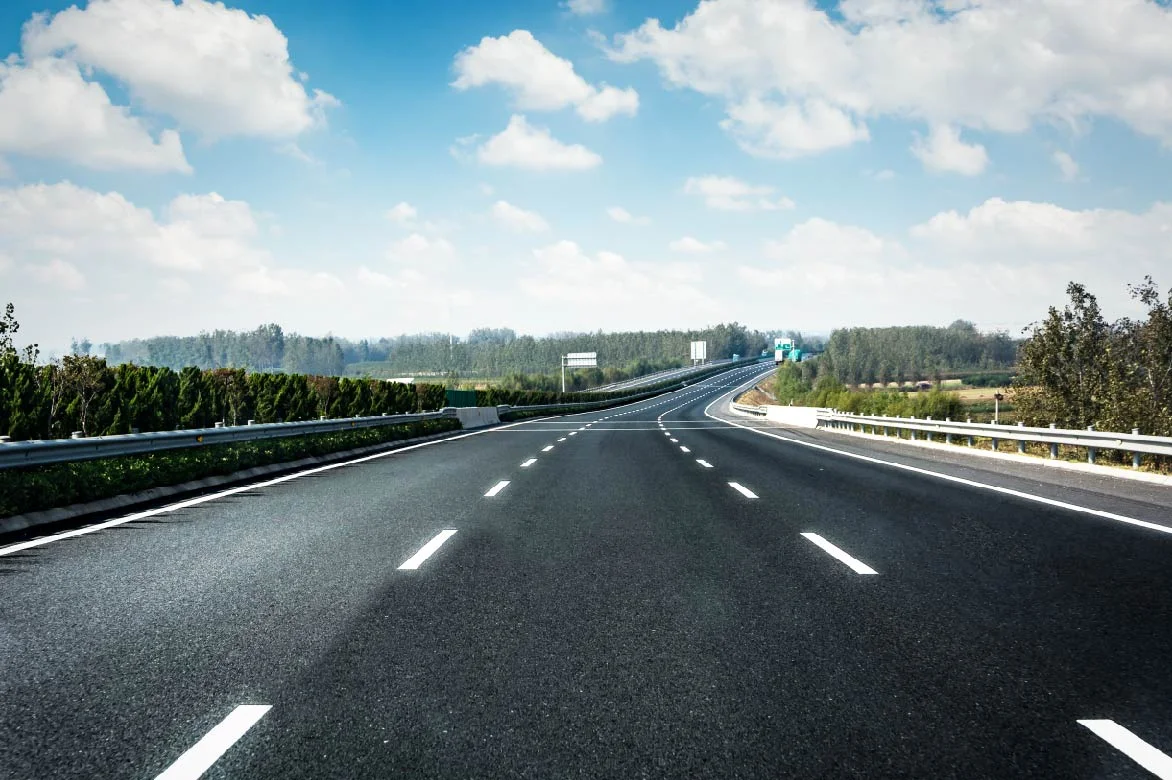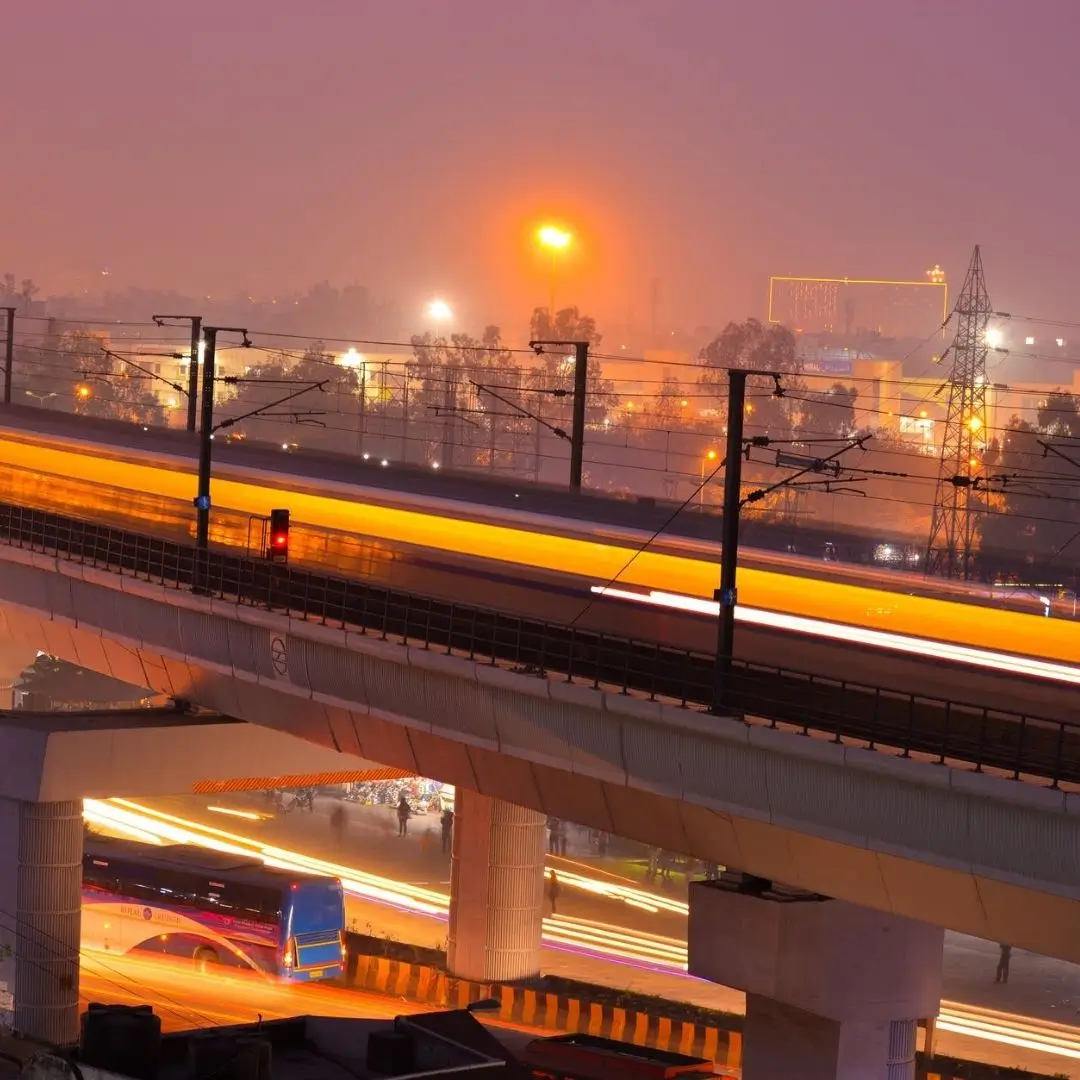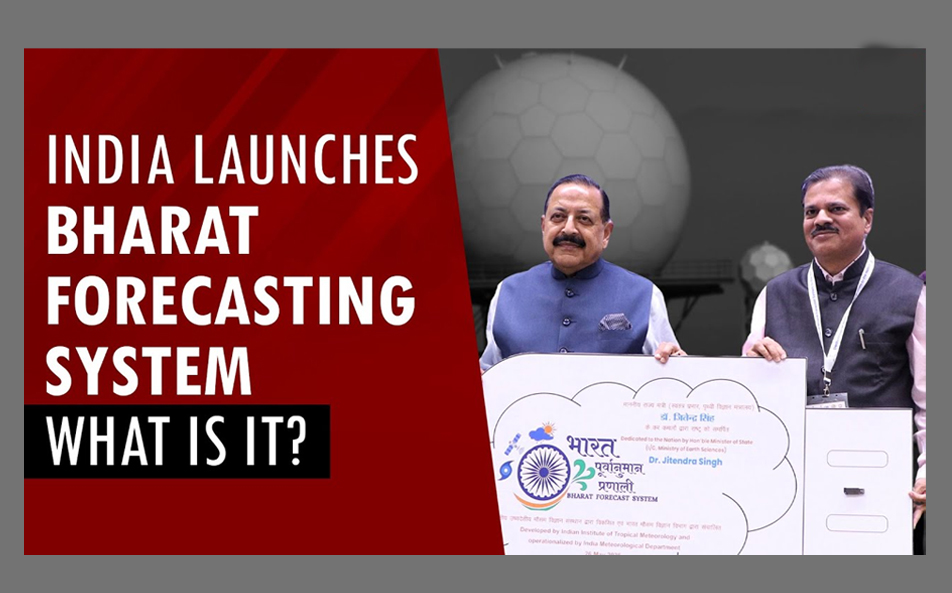
The United Indian

Imagine a garland (mala) connecting every corner of India, stitching together its vast geography and propelling economic growth. That's the essence of the ambitious Bharatmala Project, a game-changing infrastructure project that aims to revolutionize India's road network.
What Is Bharatmala Project?
Launched in 2015 by the Ministry of Road Transport and Highways (MoRTH), Bharat Mala Project envisions a massive network of over 83,000 kilometers of new highways, inter corridors, and feeder roads. This isn't just about building roads; it's about strategically creating a more efficient and inclusive transport system for the entire nation.
Why is Bharatmala Project required?
India's existing highway system, while extensive, had limitations. The focus was primarily on major national highways, leaving many remote areas and satellite towns poorly connected. This hampered not only regional development but also efficient freight movement, a crucial cog in the economic engine.
What Is Bharatmala Project Aiming To Achieve?
Project Bharatmala Road Map addresses these issues head-on. Here's what it aims to achieve:
- Improved Connectivity: By connecting 550 district headquarters (up from the current 300) through a minimum four-lane highway network, Bharatmala ensures better access for people and goods across the country. This bridges the gap between developed and developing regions, fostering balanced growth.
- Logistics Boost: The project prioritizes economic corridors, strategically planned routes connecting major production and consumption centers. This allows for faster and more cost-effective movement of goods, boosting trade and industry.
- Decongestion: Bharat mala Project incorporates ring roads, bypasses, and elevated corridors to decongest traffic in major cities. This not only improves travel times but also reduces pollution and enhances overall traffic flow.
- Multimodal Integration: The project goes beyond roads. It includes plans for developing intermodal connectivity with waterways, ports, and airports. This creates a seamless transportation ecosystem, ensuring efficient movement of people and goods across various modes.
The Pillars of Bharatmala
According to Bharat mala Road Map, the project is structured around several key components, each targeting different aspects of the road infrastructure network:
- Economic Corridors: Development of 44 economic corridors, totaling approximately 26,200 km, aims to create seamless connectivity between major industrial and commercial centers.
- Inter-corridors and Feeder Routes: Around 8,000 km of inter-corridor and feeder routes are planned to ensure last-mile connectivity and link smaller industrial hubs to the main economic corridors.
- National Corridors Efficiency Improvement: Under the Bharatmala Project About 5,300 km of roads on six major corridors, including the Golden Quadrilateral and North-South and East-West corridors, will be upgraded to improve traffic flow and reduce congestion.
- Border and International Connectivity Roads: Approximately 3,300 km of roads will be developed along India's borders to enhance connectivity with neighboring countries and improve strategic infrastructure.
- Coastal and Port Connectivity Roads: According to the Bharatmala Road map, the project includes the development of 2,000 km of roads to improve access to ports and coastal areas, boosting maritime trade and economic activities.
- Greenfield Expressways: Construction of new expressways to provide high-speed road links and reduce travel time significantly. Key projects include the Delhi-Mumbai Expressway and the Amritsar-Jamnagar Expressway.
- District Connectivity Roads: Enhancing connectivity to around 2,100 rural and economically backward districts, ensuring inclusive development across the nation.
Progress and Implementation
As of 2024, the Bharatmala Project has made significant strides in various phases of implementation:
- Project Award and Construction: Contracts for numerous projects under different components have been awarded, and construction is underway on many key stretches. Notable projects include the Delhi-Mumbai Expressway, which is expected to be completed soon, and the Dwarka Expressway.
- Land Acquisition and Environmental Clearances: Land acquisition, a critical and often contentious aspect of infrastructure projects, has seen proactive measures to ensure timely completion. Environmental clearances are being expedited to avoid delays.
- Technological Integration: Advanced technologies such as Geographic Information Systems (GIS), remote sensing, and data analytics are being employed for efficient planning, monitoring, and execution of projects.
- Public-Private Partnership (PPP): The project leverages the PPP model to attract private investment and expertise. Various models, including Hybrid Annuity Model (HAM) and Toll-Operate-Transfer (TOT), are being used to implement projects.
- Financing and Funding: The Bharatmala Project is being financed through a mix of budgetary allocations, market borrowings, toll collections, and private investments. The National Highways Authority of India (NHAI) is playing a pivotal role in managing finances and ensuring the project's financial viability.
Challenges and Mitigation Strategies
While the Bharatmala Project holds immense potential, it also faces several challenges:
- Land Acquisition: Acquiring land for road projects can lead to delays and cost escalations due to legal disputes and resistance from landowners. Mitigation strategies include transparent compensation mechanisms and community engagement.
- Environmental Concerns: Road construction can impact local ecosystems and biodiversity. To address this, the project emphasizes sustainable practices, such as afforestation, wildlife crossings, and minimizing the ecological footprint.
- Funding Constraints: Securing adequate funding for such a large-scale project is challenging. Innovative financing models, public-private partnerships, and efficient toll collection systems are being employed to mitigate this issue.
- Coordination and Execution: The complexity of managing multiple large-scale projects simultaneously requires robust coordination among various government agencies, contractors, and stakeholders. The use of technology for project management and real-time monitoring helps in addressing these challenges.
Building a New India, One Road at a Time
The impact of Bharatmala Project is far-reaching. Here's a glimpse into the benefits it promises:
- Economic Growth: Improved connectivity translates to smoother movement of goods and people, stimulating trade and economic activity across the country.
- Job Creation: The project itself is a massive job generator, employing millions during construction and creating new opportunities in logistics, transportation, and allied sectors.
- Regional Development: By connecting remote areas, Bharatmala opens doors for economic development in previously underserved regions. This fosters balanced growth and improves the quality of life for millions.
- Tourism Boost: Improved connectivity makes it easier for people to travel across the country, promoting tourism and showcasing India's rich cultural heritage.
- Reduced Pollution: Efficient logistics and decongestion of cities will lead to a reduction in traffic congestion and pollution levels, contributing to a cleaner and healthier environment.
The Bharatmala Road Map Ahead
Bharatmala Project is a long-term vision, and its implementation is divided into phases. Phase-I, with a targeted completion date of 2022, focused on building new corridors and improving existing highways. Subsequent phases will aim to further expand the network and integrate new technologies for a smarter and more efficient transportation system.
Despite its immense potential, Bharatmala faces challenges like land acquisition, environmental concerns, and ensuring timely completion of projects. However, the government is committed to addressing these issues through transparent processes, sustainable practices, and robust project management.
Conclusion
The Bharatmala Project represents a transformative initiative with the potential to reshape India's road infrastructure, driving economic growth, enhancing national integration, and improving the quality of life for millions of Indians. While challenges remain, the strategic vision, innovative financing models, and technological integration underpinning the project offer a robust framework for its successful implementation. As India strides forward on the path of development, the Bharatmala Project stands as a beacon of progress, symbolizing the nation's commitment to building a better and more connected future.
Read more in Government Sector
May 28, 2025
TUI Staff
May 22, 2025
TUI Staff

Stay Tuned with The United Indian!
Our news blog is dedicated to sharing valuable and pertinent content for Indian citizens. Our blog news covering a wide range of categories including technology, environment, government & economy ensures that you stay informed about the topics that matter most. Follow The United Indian to never miss out on the latest trending news in India.
©The United Indian 2024

